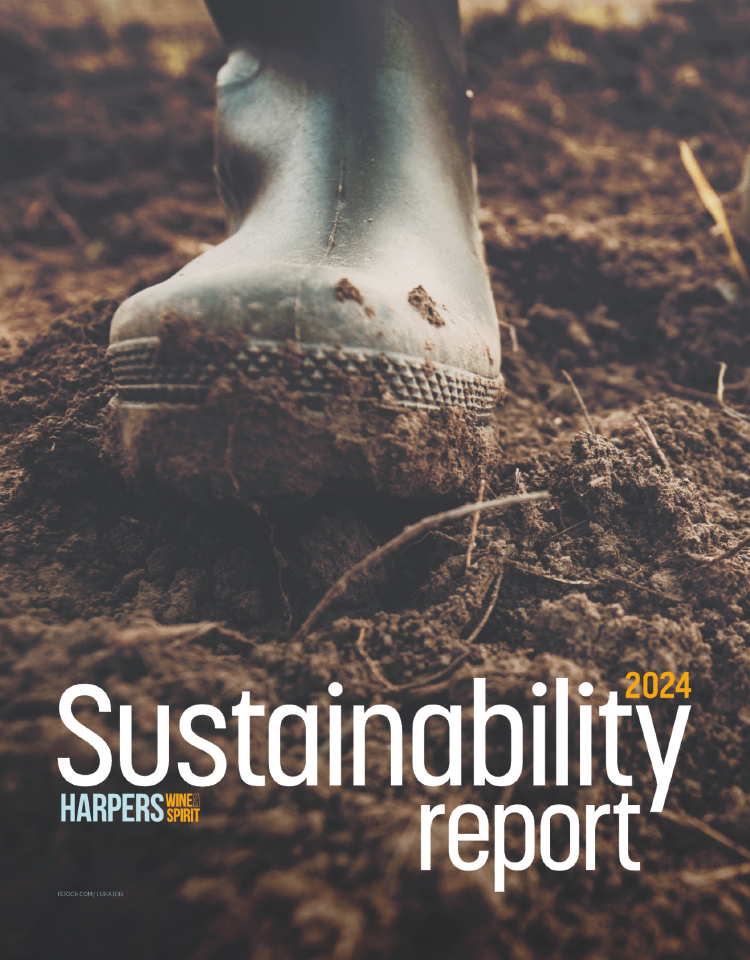
Analysis: how global exchange rates have helped boost China's growth in wine
Worldwide currency exchange rates continue to help shape the winners and losers in the global wine world and have played a key role in helping China become such a significant player.
That is the key finding of a new study by the Wine Economics Research Centre,
"Modeling Global Wine Markets to 2018", which has used exchange rate data between 2007-2011 to help predict how it sees the world wine industry developing over the next five years.
Produced by a team from the University of Adelaide, Australia it takes an in-depth look at the significant impact that exchange rates have had on key wine producing countries and what that means for the future of the global wine trade.
The research paper looks back at data from 2007-2011, a time that exchange rates globally took some major hits as the financial crisis set in, to test its model and then analyse the impact real exchange rates (RER) could have in the next five years.
The analysis is based on some sound assumptions and looks at a couple of alternative scenarios as far how much RER recovery will occur between now and 2018.
Key findings: what the past can tell us
In looking at the data between 2007- 2011, Australia "experienced the largest real appreciation among the wine exporters, so its wineries are among the ones to have been affected most adversely," according to the report.
The problem ended up being two fold for Australian wine producers. Abroad they were receiving less AUD dollars for their exports, and at home Australian wines were becoming more expensive compared to imported wines and foreign competition was increasing. Additionally, the exchange rate in the UK, one of Australia's largest export markets, was depreciating during that same period causing imports of Australian wines in the UK to fall even further than other wine producing imports into the UK.
Argentina faced similar issues, but was not impacted as drastically as Australia due to the latter's reliance on UK sales. It meant Australia saw the largest appreciation RER of all wine- exporting countries over that period.
Lessons for the UK
Analysing the real exchange rate from 2007-2011 also helps explains why wine consumption in the UK may have declined. The report states: "The 18% real depreciation of the British pound against the US dollar on its own caused the consumer price of wine to rise to the point that estimated wine consumption fell by 4%. Noticeably the report does not take into the account that during that same period the duty tax on wine increased exponentially compounding the problem even further.
China and the future
China's currency (renminbi) appreciated in real terms more than most major currencies during 2007-2011. As a result imports became, including imported wines. The real price of wine dropped in China "by one-sixth due to observed RER movements," says the report.
This conversely caused an increase in imports of wine from around the globe. Wine produced domestically therefore became more expensive.
But there was additional encouragement from the government for consumers to switch to grape wine as an alternative to barley based beer and rice spirits as demand for the latter is in danger of outstripping supply.
As for world trends the reports predicts "consumption volumes will grow over the period to 2018 for all but non premium wines, but least so for commercial-premium."
The research also estimates that the world trade in wine will, in volume terms "expand 6% by 2018" some of which will be attributed to the rise in per capita wine consumption from an estimated 1 litre to 1.6 litres in China.
"It is not surprising China is such a dominant force in these projections, given the dramatic growth in its wine consumption over the past dozen years, the expectation of continued growth in its income over the next five years and the assumption that China's wine grape production growth cannot keep pace with domestic demand growth," says the report.
The big winner will most likely be Chile that will enjoy the greatest increase in sales to China; however, France will also continue to grow its imports as well. Both exporters will benefit as the RER is relatively low at the moment and the best deals are to be had from them now.
Alternative simulations provide a range of possibilities, but even the low-growth scenario suggests that China's place in global wine markets is likely to become increasingly prominent.
· The "Modeling Global Wine Markets to 2018" report was written by Kym Anderson of the Wine Economics Research Centre at the University of Adelaide and Glyn Wittwer of the Centre of Policy Studies at the Monash University in Victoria, Australia.
Keywords:
- News
- European Wine News
- South Africa
- Americas Wine News
- Sectors
- Asia Pacific Wine News
- Analysis & Insights
- Erin Smith
- HWS - Richard Siddle






